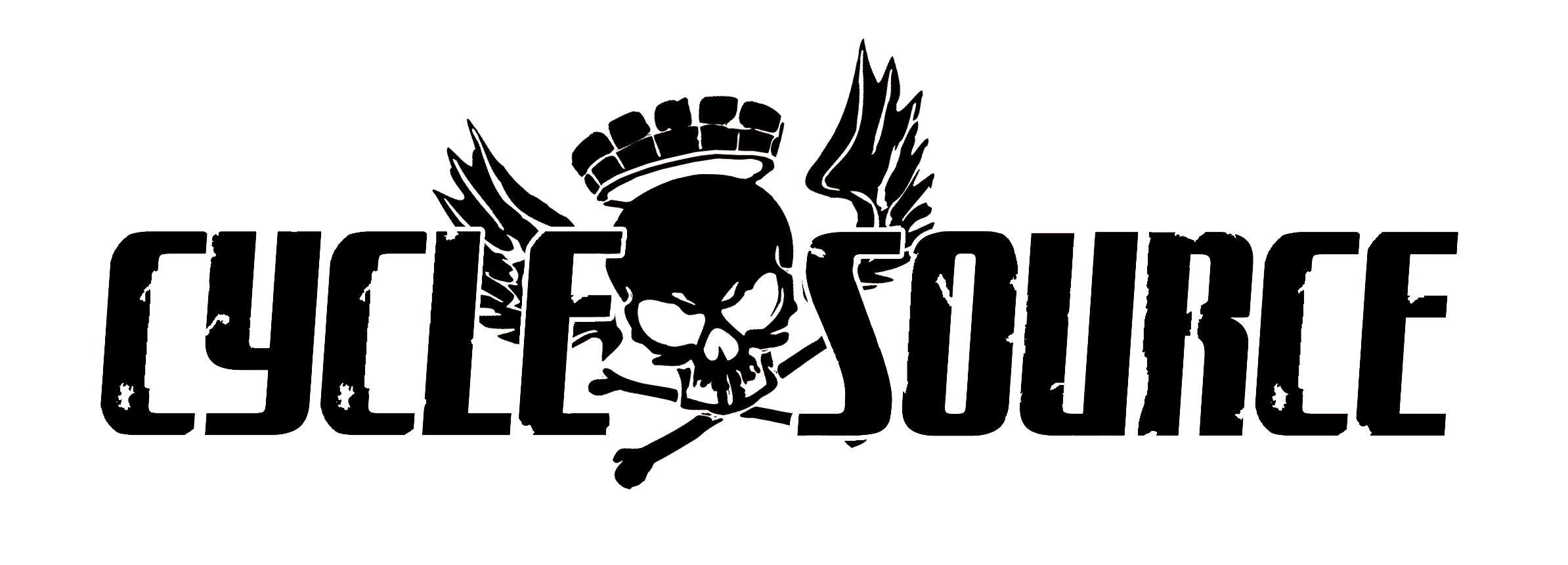Part 3
Originally Published In The November 2014 Issue Of Cycle Source Magazine

In this installment of our J&P Cycles Ultimate Builder Giveaway build series, we are going to align the rear section of the bike, and mount our fender. We will be using one of our heavy duty 12 gauge fenders, our fender mounts, a high quality, USA Made Diamond o-ring chain, and Performance Machine brake and rotor.

Since we are using a custom built, aftermarket frame from Rolling Thunder, there are no “stock” spacers. I We have to do it the ground-up way. So, I align the center of the wheel/tire with the center of the backbone. Be sure your wheel is locked either all the way forward or back to insure the wheel is parallel to the centerline of

Once centered, and checked by a few sets of eyes, I measure from the outside of the swingarm to the outer sprocket surface. Sometimes you cannot get a direct measurement between the two mating surfaces the spacer will seat against, so you have

With the wheel back out of the frame, I measure the distance from the sprocket surface to the outer bearing surface.

Now I measure the overall swing arm tubing width. I could have assumed it to be 1.000”, as most tubing would be right on the money. This particular piece measured 1.010”. This does not seem like much, but in my world, it is.

After a few minutes on the lathe, we have our left side spacer cut. At this point it is a good idea to double check your alignment with your string again

The right side spacing starts with the wheel out of the bike. We need to find the distance between the brake bracket and the bearing surface. With help from Robert, I take two measurements; one reading with the brake pressed firmly, and square against the outside of the rotor, and another with the caliper pressed against the inside of the rotor. I take the average of the two and make my spacer. This will insure that my brake is centered over the rotor. We still have shims for fine tuning, but using this process rarely results in shim usage.

Again, rather than assume the brake bracket is a standard dimension, we check. Again, this proved advantageous.

With the inner spacer and brake bracket installed, we can easily measure for the outer spacer.

Square and true. This will provide years of hassle free braking and straight tracking down the road.

As this bike was mocked up partially prior to our possession, the sprockets were already aligned. We weren’t happy with the distance that the wheel was adjusted back, so we took an extra link out after this pic.

The distance between the struts is approximately 9”, and we choose an 8 3/8” wide fender. This will allow us room for slick looking mounting bungs, and will also protect the paint later on.

Once we have roughly established the mounting location, Robert marks out the top, bottom, right and left of the mount bolts. Considering the tight quarters between the struts and fender, it is easier to make four boundary marks rather than a circle around the bolt

On the bench, Robert finds the center of each location.

A center punch is then applied to each position.

We like to use a center drill to start each hole. A regular pilot drill, or even a unibit can be used.

A rotobroach was used to make the proper size holes after the center drill. Here you can see the two advantages of used stepped, or top hat, style bungs. One, the use of such a bung gives a broader surface on one side, and smaller on the other, promoting easier welding and superior strength. Two, it allows us to wallow out the holes a little bit to correct our placement. If you use a straight through type bung, and you need to modify your hole for alignment, you will find yourself filling unsightly gaps, resulting in poor welds.

Robert uses a carbide burr to fine tune each hole, and then a final deburring.

After painstaking adjustments and trial fitments, the fender is finally tacked in place.

For the front mount we are using one of our contoured two-piece mounts. The benefit of using this type of mount, is that you have a very broad mating surface, spreading out the stresses placed on a fender mount.

To accommodate the bolts protruding from the back of the inner mount, we drill two clearance holes.

A few tacks and we are ready for the final step.

We notch one side of the 1” tubing to fit the 1.250” crossbar, and then the back side is mitered and ground to fit perfectly against the outer mount.

We will massage the fender to have a sweeter profile on the ends, but for the most part, this is the finished product. This bike is being created for the winner of the J&P Cycle’s Raffle. You can enter to win at the International Motorcycle Show or anywhere you see a J&P Transporter. Follow Paul and the J&P Cycles Giveaway bike at bareknucklechoppers.com and #JPUltimateBuilding and #BareKnuckleChoppers on Instagram and Twitter























